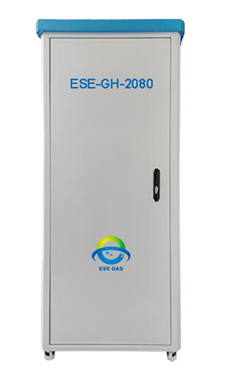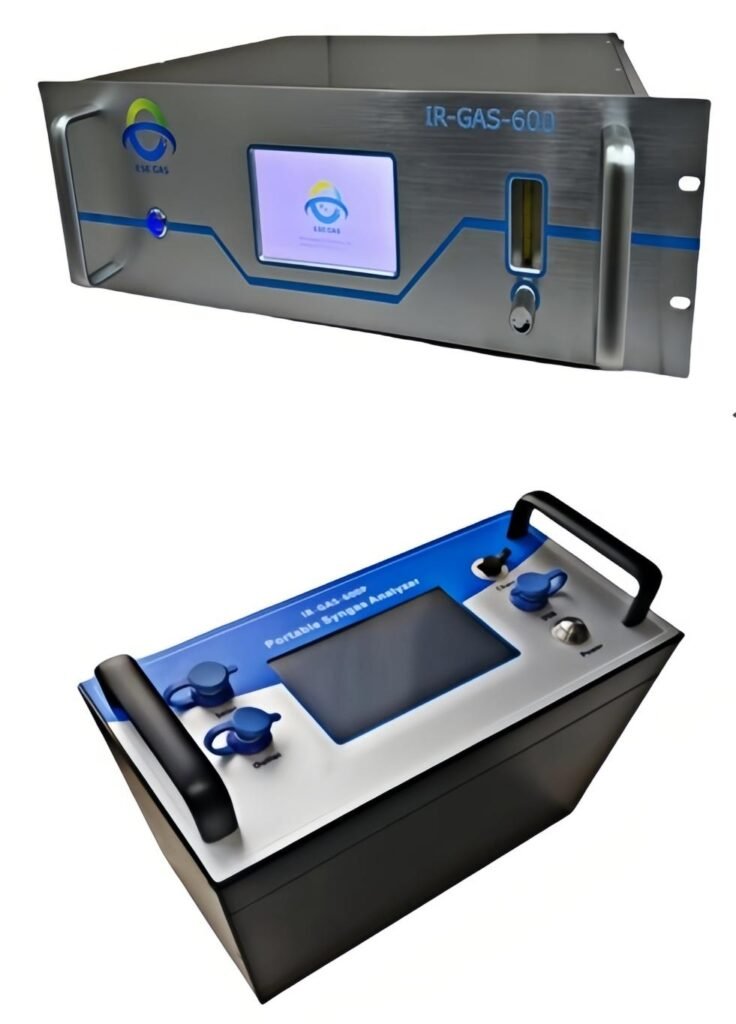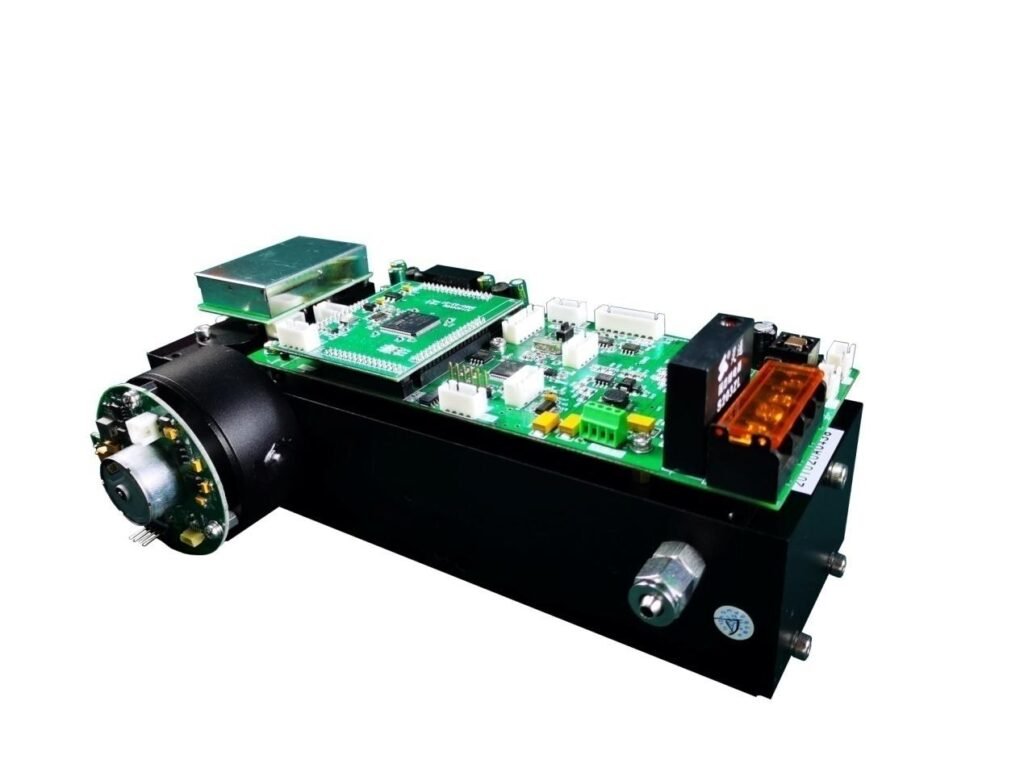As climate targets tighten and industries scramble to meet emission caps, Non-Dispersive Infrared (NDIR) gas analyzers have emerged as the workhorse of greenhouse gas monitoring. From smokestack sensors to portable field units, these infrared-powered devices now form the backbone of climate accountability efforts. But what makes 2025 a watershed year for this decades-old technology?
How Does NDIR Technology in gas analyzer Ensure Precise Greenhouse Gas Detection?
Modern NDIR gas analyzers leverage infrared absorption principles to identify greenhouse gases with molecular specificity. Unlike electrochemical sensors that degrade over time, these systems detect unique spectral fingerprints of CO₂, CH₄, and other gases using quantum cascade lasers and advanced photo detectors.

Recent advances have turned clunky lab instruments into field-ready warriors; the ESE-GH-2080 Greenhouse Gas CEMS combines NDIR sensor and other sensors integration with meteorological instruments to measure gas concentrations alongside wind patterns and atmospheric pressure.
What Makes Contemporary NDIR Systems Field-Ready?
Ruggedized designs now enable NDIR deployment in harsh environments. The ESE-GH-2080 features modular construction for customizable monitoring, while encrypted cellular/LAN connectivity allows remote diagnostics. Its precision protocols achieve parts-per-billion sensitivity, critical for verifying carbon credits and meeting EPA compliance.

While power plants remain primary users, 2025 sees NDIRs venturing into surprising territories. Agricultural researchers deploy them on autonomous rovers to map methane leaks from rice paddies. Wastewater plants track nitrous oxide—a greenhouse gas 300x more potent than CO₂—using submerged NDIR probes.
The medical sector’s adoption proves most intriguing. Breath analyzers with NDIR arrays now diagnose metabolic disorders by detecting trace gases like acetone and methane. “We’re seeing cross-pollination between industrial and clinical applications,” notes Dr. Elena Voss at April’s Detector Talks symposium.
What Makes 2025’s NDIR gas analyzer systems Game-Changers?

Connectivity transforms NDIR analyzers into proactive environmental tools. Modern NDIR units like ESEGAS’s flagship model IR-GAS-600 or portable NDIR gas analyzer IR-GAS-600P now integrate with distributed control systems through OPC UA protocols. enabling real-time combustion optimization. During Beijing’s winter heating season, 14,000 NDIR nodes predicted air quality crises 72 hours early, slashing emergency responses.
Why Choose NDIR for Multi-Gas Environmental Analysis?
Modern analyzers shatter the CO₂-centric mold. The latest units simultaneously track:—Nitrous oxide from fertilizer use—Sulfur hexafluoride from electrical grids—Ozone-depleting HFCs from refrigeration systemsThis expanded capability stems from detector arrays with 32+ filter channels. Some models even quantify isotopic ratios—crucial for distinguishing natural vs. industrial methane.
Advanced NDIR systems like the ESE-GH-2080 simultaneously track multiple climate variables through detector arrays with 32+ spectral channels. This capability supports integrated analysis of emission sources – from industrial CO₂ to agricultural CH₄ leaks. Meanwhile, real-time data processing eliminates cloud dependency, crucial for remote air quality stations.

Unlike electrochemical alternatives, NDIR analyzers resist chemical poisoning and deliver longer-lasting accuracy. Recent field data shows NDIR methane detectors maintaining 97% accuracy after 15,000 operational hours—tripling the lifespan of older sensor types. Compact MEMS-based NDIR chips further enhance affordability, enabling high-performance monitoring at 80% lower costs than legacy systems.
What Is the Future of NDIR Systems?
Smart factories now embed hundreds of NDIR nodes feeding data to centralized dashboards. When paired with process controls, these systems auto-adjust operations to stay within emission limits. Consumer applications inch closer too. Prototype NDIR modules for HVAC systems optimize ventilation based on real-time CO₂ levels—a potential game-changer for office air quality. As climate urgency intensifies, NDIR technology evolves from mere measurement tool to decision-making partner. While challenges around cost and standardization remain, its role in achieving net-zero targets seems assured. For industries navigating the green transition, understanding these infrared workhorses isn’t just technical—it’s existential.
The question now isn’t whether to adopt NDIR systems, but how to leverage their expanding capabilities. Those who master this integration will lead the low-carbon economy. Those who don’t? They risk becoming regulatory casualties in the climate decade.



